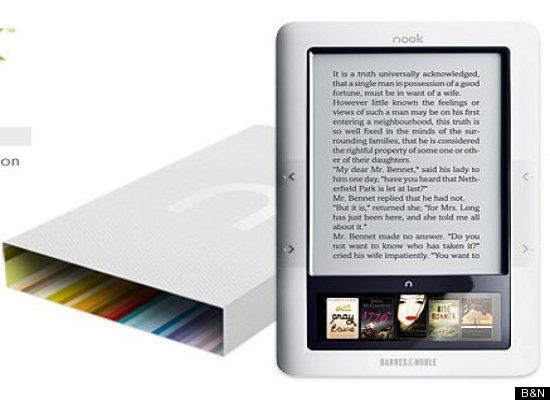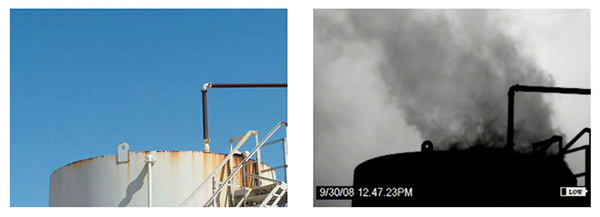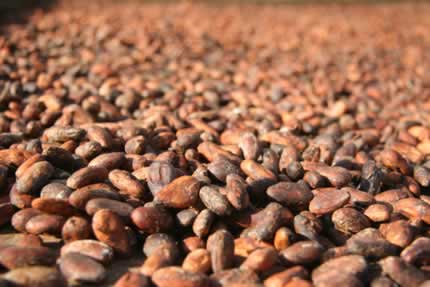Nook, Line and Sinker.

“Hi! I’m Kate. And this is my Nook.” says the pretty pitch women on a video introducing Barnes and Noble’s brand new eReader today. www.nook.com. A video I arrived at thanks to a beautiful spread page ad in The New York Times, the headline for which promised me “The World’s Most Advanced eBook Reader.” With little ad copy I had to move to the website to see why Kate’s Nook was most advanced. Print ads now make big claims and drive you to the web for the proof, which is smart (ish) — the web clearly offering a richer landscape for storytelling.
Since usability is such an important sales science on the web, I looked at how the landing page is organized to see if it is, indeed, going to tell the “most advanced” story. To wit: We land on a nice product shot page with the most choose-able option being a 360 degree tour button. (For nerds and returnees, there are other visible options: Overview, Features, Accessories, Blog, Support.) The 360 Tour simply turns the Nook around and stands it on end. The next nav options are also quite clear…and over the fold. They’re numbered, sequenced and read left-to-right: 1. Meet nook. 2. Read clearly. 3. Get ebooks in seconds. 4. Endless shelf space. 5. Read for days. 6. Make it yours. 7. Watch video. It’s interesting that the video is last. Also smart.
Overall, the website deserves good usability grades. It’s clean, well thought out and organized — albeit a little low key. Where it falls down is in creating muscle memory for the “most advanced” idea. And that my friends is my Nook. Peace!
PS. Don’t be surprised if Kate’s words “and this is my Nook” find their way into the popular culture. As Kid Rock would say “or all the wrong reasons.”




